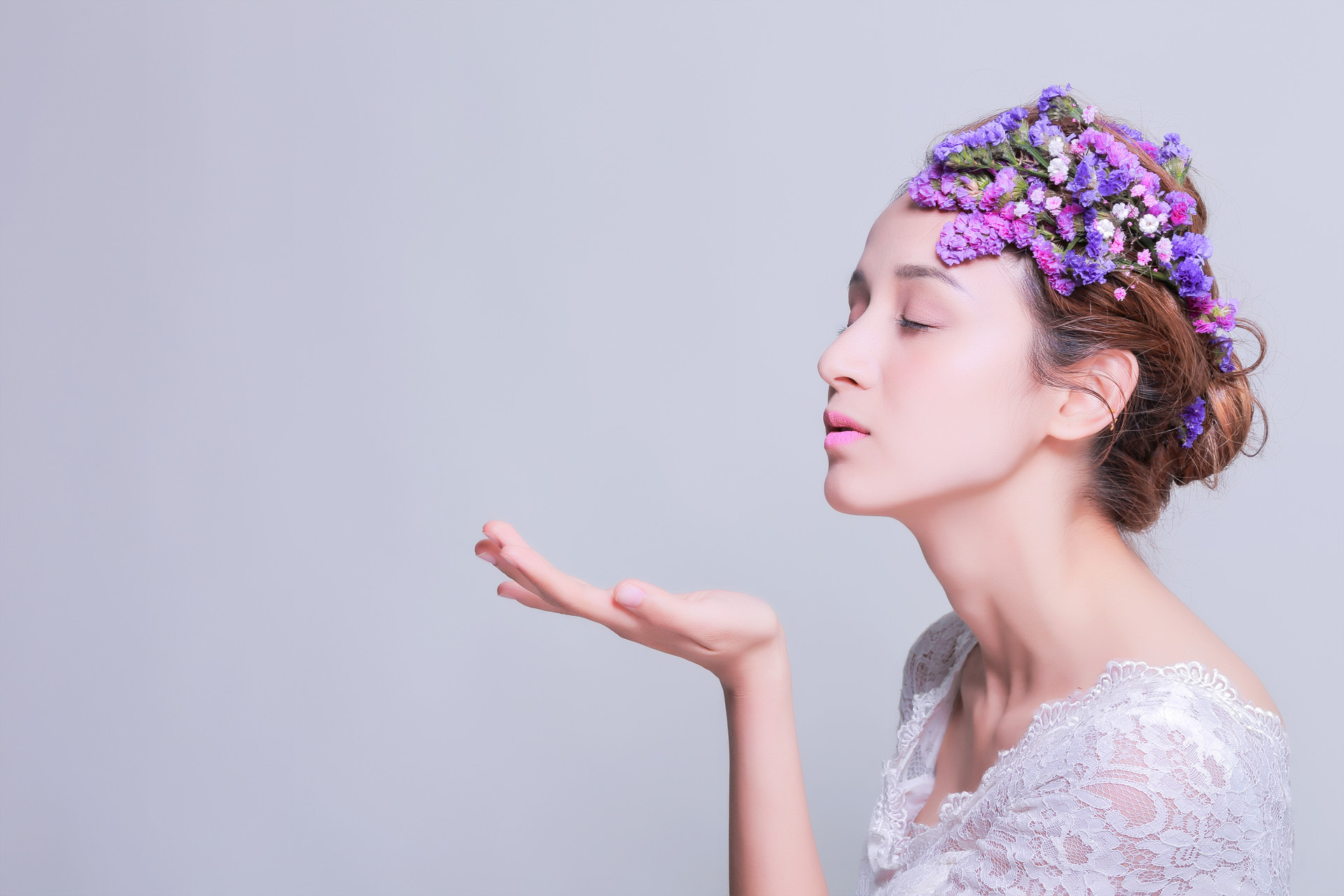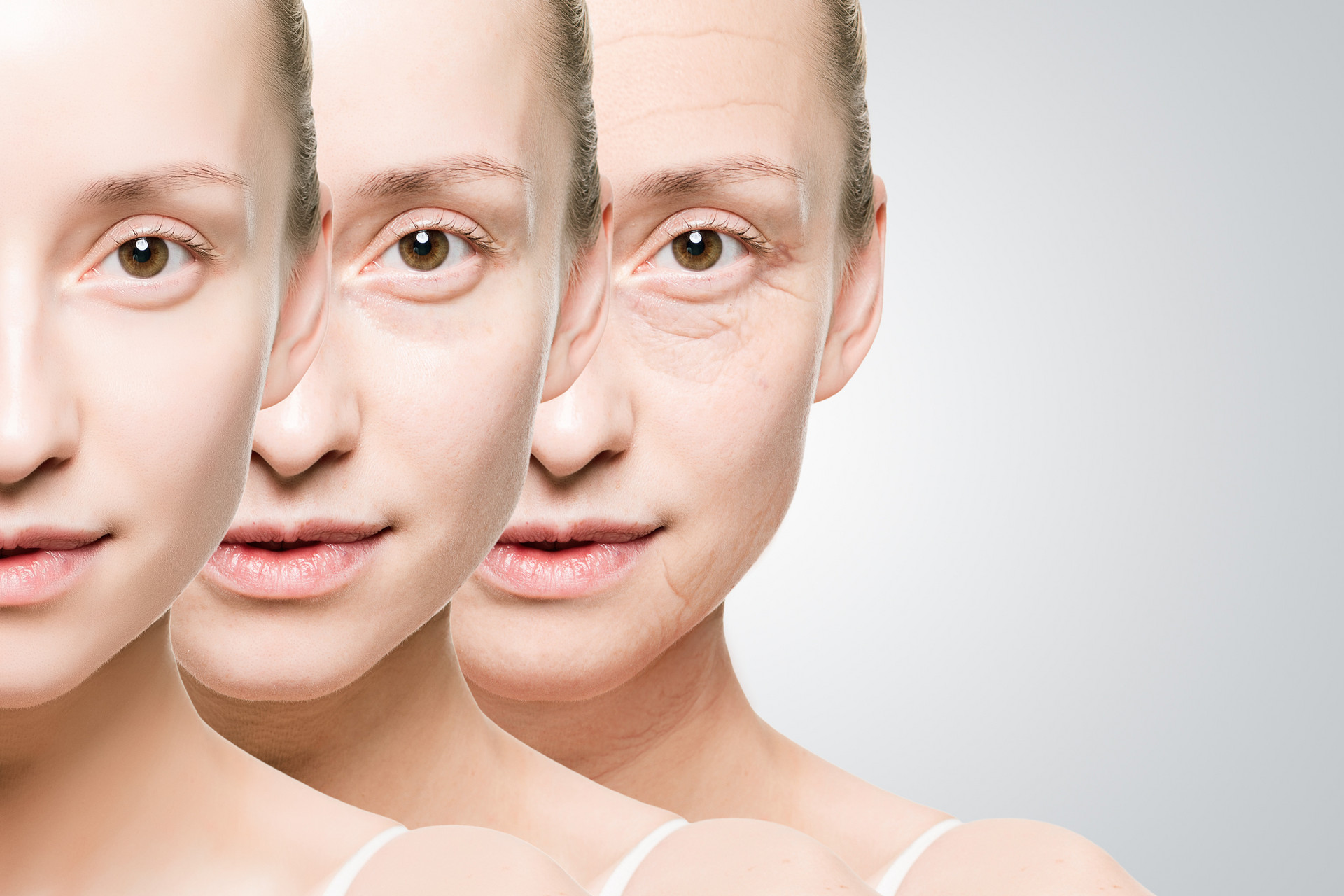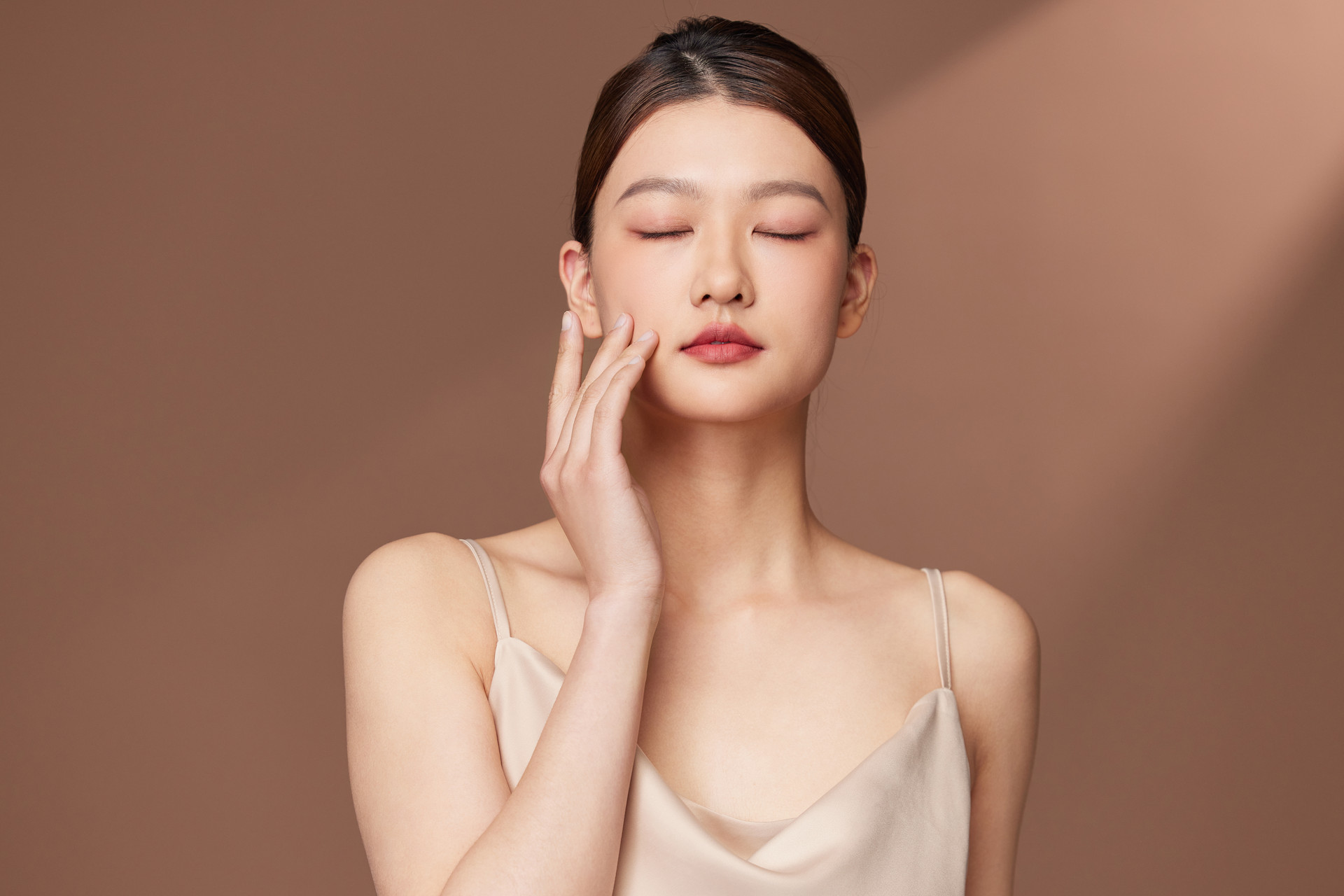
What are the classifications of hair loss?
Hair loss can mainly be classified into two categories: scar and non-scar. Non-scar is the most common type and can be further divided into six types: alopecia areata, androgenetic alopecia, telogen effluvium, traumatic alopecia, scalp ringworm, and anagen effluvium.

The cause of alopecia areata is unknown, but it may be related to autoimmune diseases. It affects 50% of men and 15% of women, especially postmenopausal women.

Androgenetic alopecia is related to genetics and the influence of androgens. It is the most common type clinically, with most men experiencing hair loss in their twenties and women experiencing it after the age of forty. Men usually lose hair in the frontal and temporal regions, while women often lose hair from the central area of the scalp. Female hair loss does not lead to complete baldness, whereas male hair loss eventually leads to complete baldness.

Telogen effluvium is the shedding of hair during the resting phase due to hormonal or stress influences, and it is more common in women than men.

Traumatic alopecia is associated with external factors that cause traction.

Scalp ringworm-induced hair loss is caused by fungal infection of the skin and is more common in children.

Anagen effluvium is commonly seen in cancer patients undergoing chemotherapy.
What are the causes of hair loss?
High levels of stress: Modern lifestyles are fast-paced, and people often experience high levels of stress in their daily lives and work. This can lead to hormonal imbalances and disrupted hormone secretion, resulting in hair loss.
Long-term sleep deprivation: Staying up late has become a common practice among young people, whether it be due to work, socializing, smoking and drinking, frequent nightlife activities, frequent hair dyeing and perming, or the use of low-quality hair care products.
Environmental pollution: Air pollution and exposure to irritating chemicals can also cause hair loss.
How is hair loss diagnosed?
Hair loss can be diagnosed through a hair pull test. The patient refrains from washing their hair for five days. Then, using the thumb and index finger, a small bundle of hair containing around fifty to sixty strands is gently pulled. The number of pulled-out hairs is counted, and if it exceeds six strands, it is considered positive, indicating active hair loss; otherwise, it is negative.
To determine the type and cause of hair loss, further tests such as thyroid function, antinuclear antibody series, total testosterone and free testosterone, ovarian hormones, luteinizing hormone, and follicle-stimulating hormone are necessary.
How does Traditional Chinese Medicine prevent and treat hair loss?
Traditional Chinese Medicine (TCM) has a history of thousands of years in understanding and treating hair loss, accumulating rich diagnostic and therapeutic experience. The Yellow Emperor's Inner Canon states: "When blood and qi are abundant, kidney qi is strong, resulting in black hair; when blood and qi are deficient, kidney qi is weak, resulting in white hair and hair loss." It suggests that the condition of the hair is closely related to kidney qi, blood, and qi. Zhang Congzheng, one of the four great masters of the Jin and Yuan Dynasties, mentioned in "Confucianism and Filial Piety": "Early graying and hair loss are caused by excessive heat in the blood." This indicates the association between premature graying, hair loss, and excess heat in the blood.
Based on the characteristics of hair loss, it can be classified into the following six types in TCM:
Damp-heat accumulation type
Mainly manifested as greasy hair, excessive dandruff, sparse hair loss, stickiness in the mouth, and restlessness with insomnia. It is more common in overweight individuals with damp-heat constitution. They can consume mung bean and coix seed porridge, which is made by boiling 30g of coix seed, 30g of adzuki bean, and 15g of white bean.
Blood deficiency and wind-dryness type
Mainly manifested as dry hair, excessive dandruff, itchy scalp, and itching like crawling insects. The hair on the sides of the forehead and the top of the head becomes sparse and thin, the complexion is sallow, the nails are not nourished, and there is often dizziness and palpitations. It is more common in people who have excessive worries, irregular eating habits, long-term sleep deprivation, and spleen deficiency constitution. They can drink mulberry tea, which is made by boiling 15g of mulberry and 15g of chrysanthemum and can be used as a substitute for tea.
Kidney essence deficiency type
Mainly manifested as sparse hair loss, accompanied by dizziness, tinnitus, memory decline, dry mouth at night, lumbago, and weakness in the limbs. It is more common in the elderly and often seen in people with Yin deficiency and kidney deficiency constitution. They can drink wolfberry fruit tea, which is made by boiling 15g of wolfberry fruit and 15g of mulberry and can be used as a substitute for tea.
Qi and blood deficiency type
Mainly manifested as dull and sparse hair, significant hair loss after staying up late, sallow complexion, and pale lips and nails. It is more common in people with a thin physique and excessive worries. They can eat longan porridge, which is made by boiling 15g of longan flesh, 30g of jujube, and 50g of millet.
Liver depression and qi stagnation type
Mainly manifested as irregular hair loss, related to emotions, low mood, pain in the sides of the ribs, fatigue, and poor appetite. It is more common in introverted individuals with Shaoyang qi stagnation. They can drink rose flower tea, which is made by boiling 15g of rose flower and 15g of rose flower and can be used as a substitute for tea.
Blood stasis type
Mainly manifested as hair loss that does not grow back and a dull complexion. It is more common in individuals with chronic blood stasis, blood stasis caused by qi stagnation, and blood stasis caused by qi deficiency. They can take 3g of Sanqi powder daily, mixed with water and consumed.
External application of Chinese herbal medicine often produces better results. The commonly used formula is as follows: 60g of Centipeda minima, 30g of mulberry leaf, and 20g of cypress leaf are decocted in water. The decoction is used to wash the hair once a day. If there is excessive sebum secretion, 20g of soapberry and 15g of Sophora flavescens can be added. If there is itching in the bald area, 20g of alum can be added.
Hair loss patients should adopt a healthy lifestyle, avoid staying up late, eat less spicy and stimulating foods, avoid fried and grilled foods, maintain a positive and optimistic attitude, as mentioned in the Yellow Emperor's Inner Canon: "Follow the principles of Yin and Yang, harmony in numerology, have a regulated diet and lifestyle, and avoid excessive physical labor." Lastly, it is advised to avoid repeated hair dyeing and perming.






